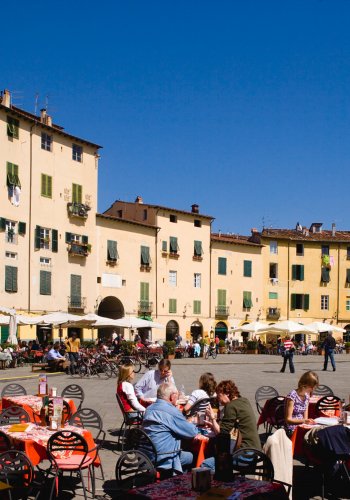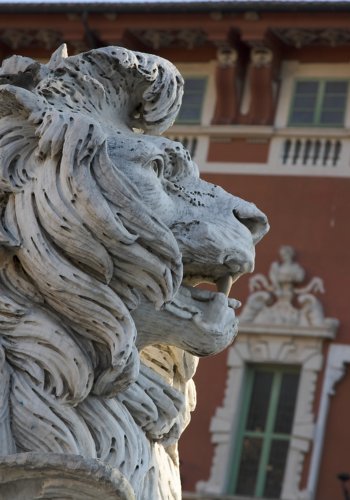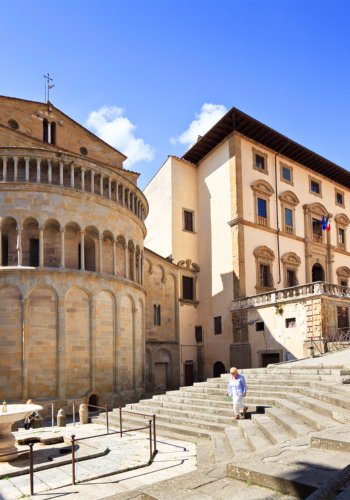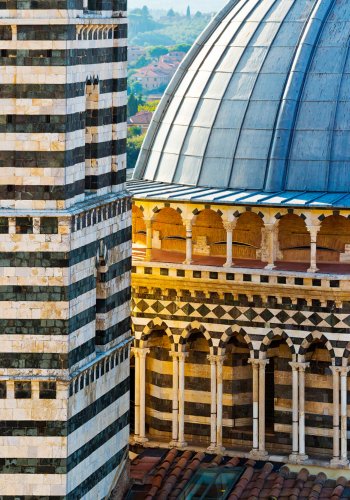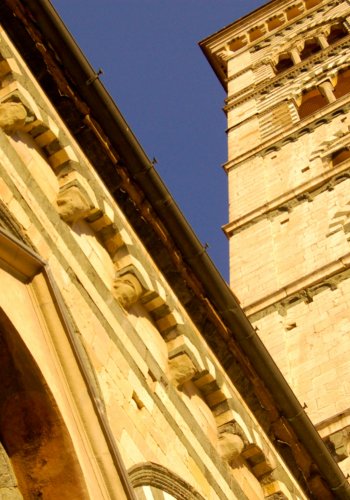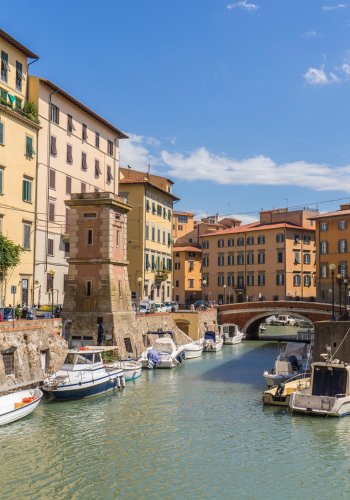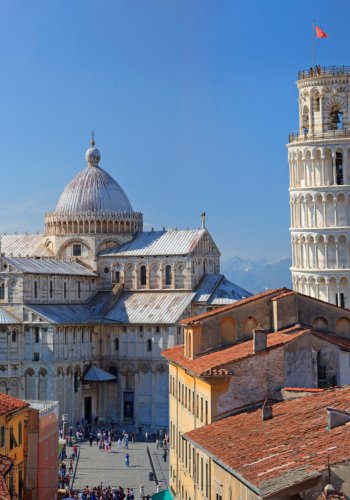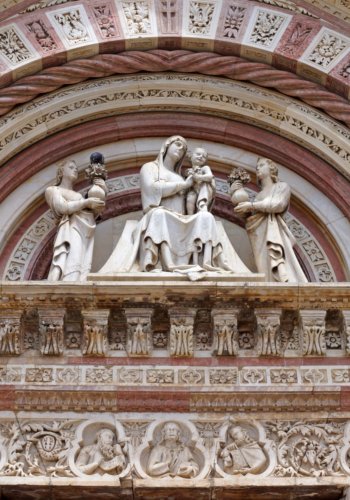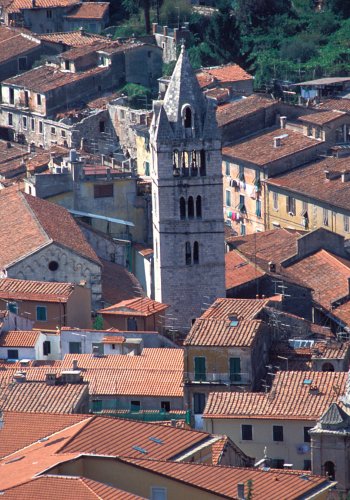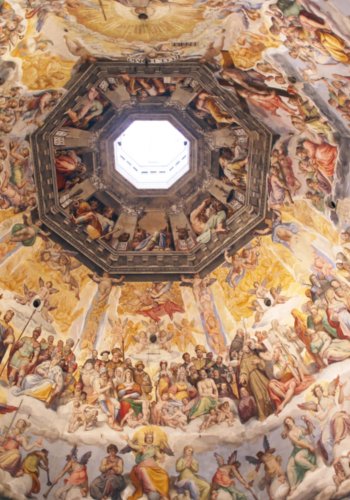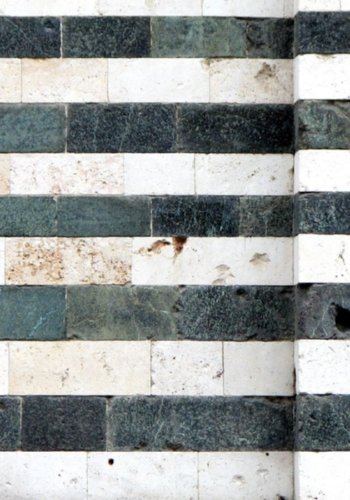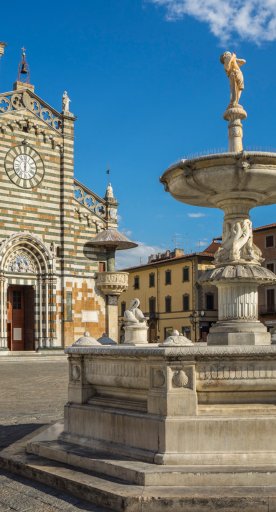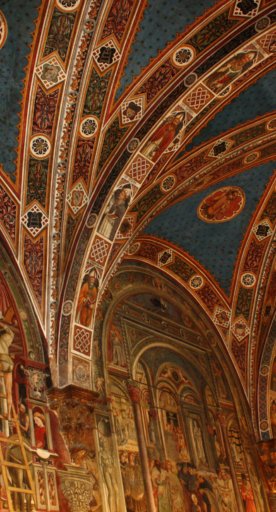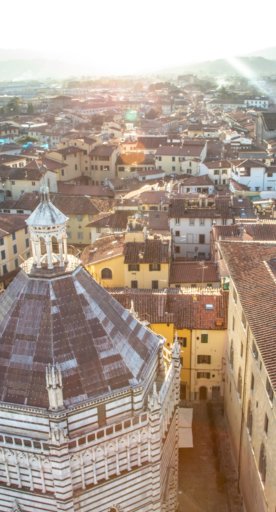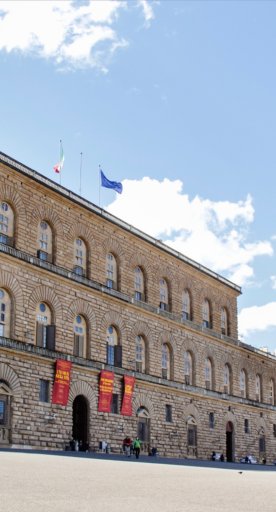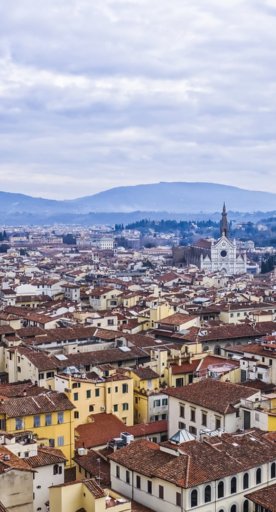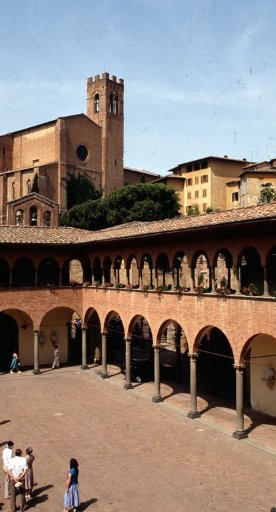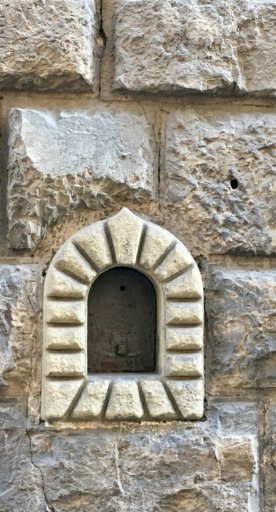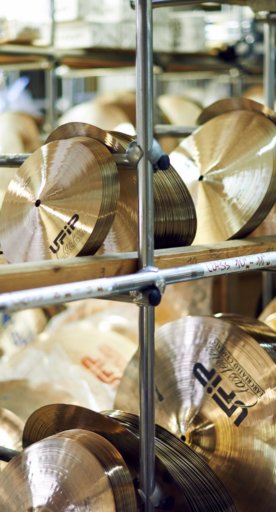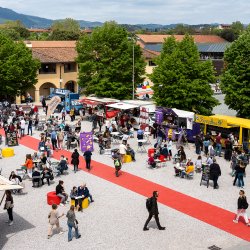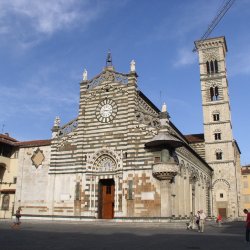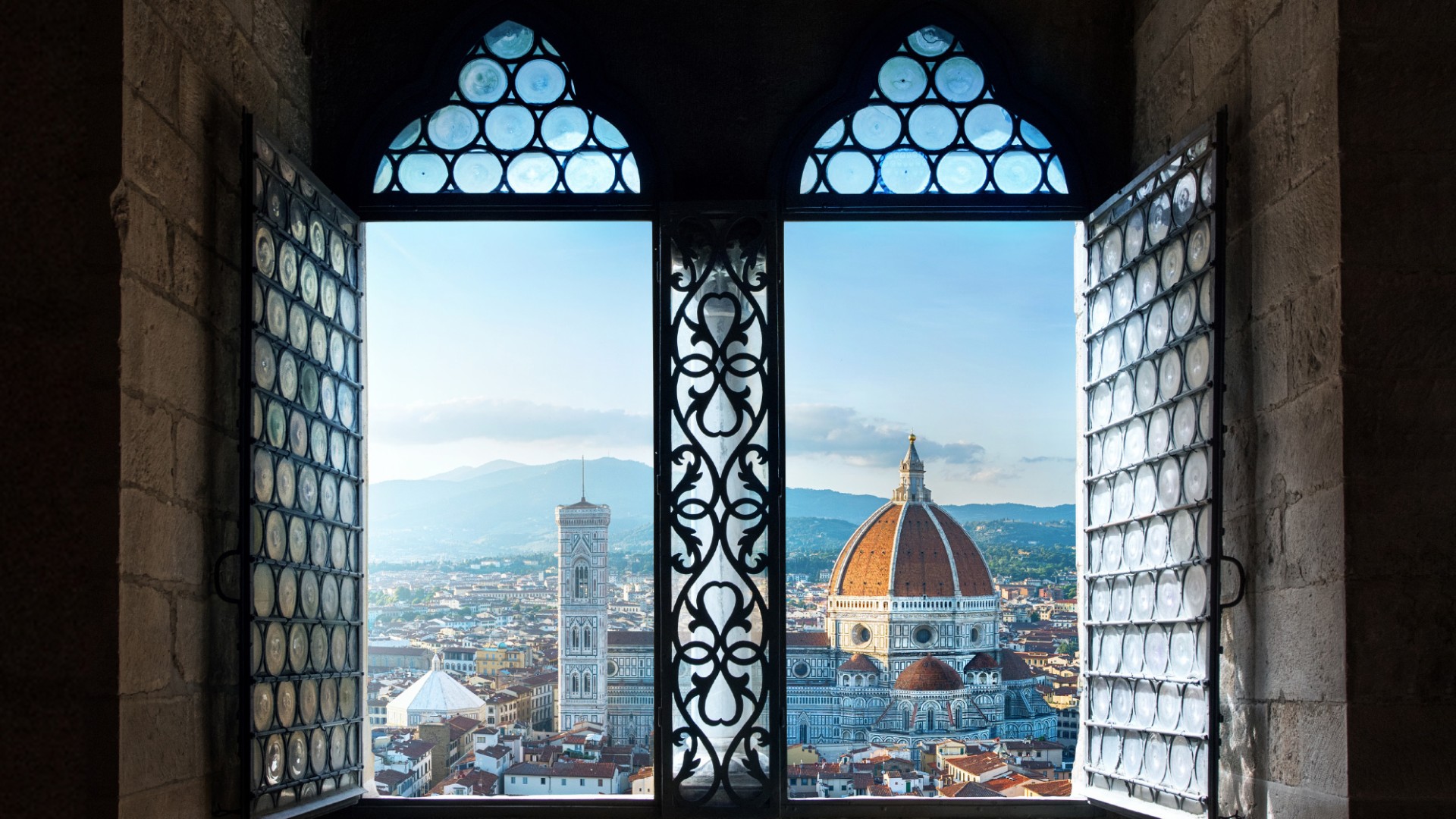

Etruscan roots, Roman relics, medieval evidence, Renaissance works, up to contemporary art: Tuscan cities are lessons in taste and ingenuity, they are open books, pages of history. Eleven must-see destinations, studded with squares, museums and monuments, enlivened by cultural events and flavored with typical dishes. In pioneering fashion they paved the way for styles and architecture that today enrich the world with an invaluable legacy.
Starting with Florence, medieval soul, Renaissance heart and craftsman's hands. Home of Dante, Giotto, Masaccio, Michelangelo, Botticelli, home of the Uffizi and with an entire historic town center declared a UNESCO World Heritage Site. The city of walks along the alleys, typical trattorias, cultural events, and traditional festivals.
Siena attracts with its architectural and artistic treasure, also protected by UNESCO, conquers with the life and traditions of the Contrade (districts), overwhelms with the excitement of the Palio, satiates with plates of pici (a kind of fresh pasta) and leaves no escape with its sweets!
Pisa is a fundamental stop on any trip to Tuscany, with its past as a Maritime Republic, traces of Galileo Galilei, the famous Piazza dei Miracoli (a UNESCO site since 1987) complete with the Torre Pendente (Leaning Tower), museums and contemporary attractions.
The "city of 100 churches" is Lucca, with gardens growing on its walls and even atop a tower, its elliptical piazza built on the remains of an amphitheater, and appointments for music and comic book fans.
The "enchanted stone city", instead, is Pistoia, which seduces lovers of art, traditions, less traveled routes. And lovers of blues.
Prato surprises with its combination of ancient and contemporary, medieval and industrial, traditions and avant-garde, cantuccini and peach-shaped sugary sweets.
Art by the sea has the cosmopolitan face of Livorno, the port city wanted by the Medici. Here, where Amedeo Modigliani and Giovanni Fattori were born, you can discover terraces on the sea and canals to navigate that also become settings for historical competitions.
Arezzo is the home of Giorgio Vasari, Francesco Redi and Francesco Petrarca. A city of ancient origins, one of the major Etruscan city-states and later an important Roman center.
To the north are Massa and Carrara. The former, nestled between the sea and the Apuan Alps, retains a medieval atmosphere and jewels of art and architecture. The latter is known as the capital of marble: the white gold has shaped its history and appearance.
Going down into Maremma, Grosseto, enclosed by a perfectly preserved medieval circle, gives its visitors the privilege of enjoying its artistic treasures between a walk on the beach and a sunset at sea.
